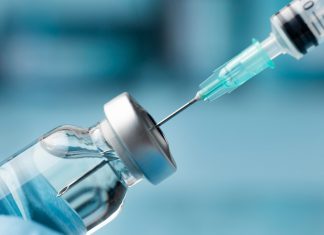Samara State Medical University of the Russian Ministry of Health (SamSMU) has conducted the first successful trials of prototypes of osteointegrable structures designed for prosthetics of legs. Their main advantage is the ability to bring the biomechanics of leg movement closer to the natural one and avoid stress on soft tissues. Work is currently underway to ensure more natural control of the exoprosthesis through improved interpretation of neuromuscular signals.
The prostheses are being developed by the Competence Center of the NTI Bionic Engineering in Medicine of SamSMU together with Motorika, the Skolkovo Institute of Science and Technology Skoltech, and the partners. Samara specialists are developing the pin itself with different types of coatings and the method of its installation, and the Motorika company is creating bionic prostheses.
Motorika’s press service told GxP News about the experiments that involved implanting special pins in laboratory animals. A pin is firmly fixed in the bone, completely eliminating any unwanted movement. The use of the implant significantly reduced the surgery time.
Currently, the main method of prosthetic limb attachment is a prosthetic socket. However, according to representatives of Motorika, this technology has some disadvantages, for example, significant load on patients when walking and engaging in other activities. The main load of prosthetic legs with sockets falls on soft tissues. This can lead to skin injuries, discomfort, and impaired movement mechanics.
Osteointegrable prostheses are installed in the way that is similar to dental implants: a titanium pin with a hydroxyapatite coating is implanted into the bone. An exoprosthesis is attached to the pin, and electrodes that read neuromuscular signals pass through it.
As part of the first stage of the study, the developers managed to improve surgical protocols, choose the optimal amputation model, as well as the postoperative management methodology. The experience and the results gained allow them to move on to the next stage of research.
“Once our research is complete, we plan to begin implementing this technology and producing prosthetics,” commented Andrey Davidyuk, Motorica’s general director.
In 2024, Russian President Vladimir Putin instructed the government to introduce the best practices of prosthetic and orthopedic care in the country, including complex prosthetics, and create a network of rehabilitation organizations in the regions.




